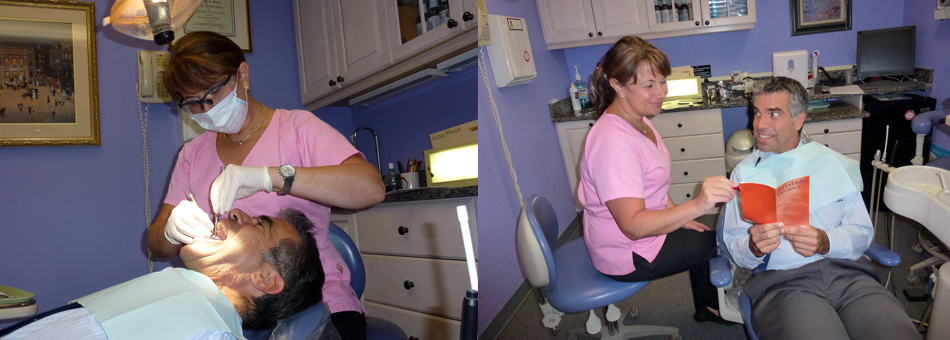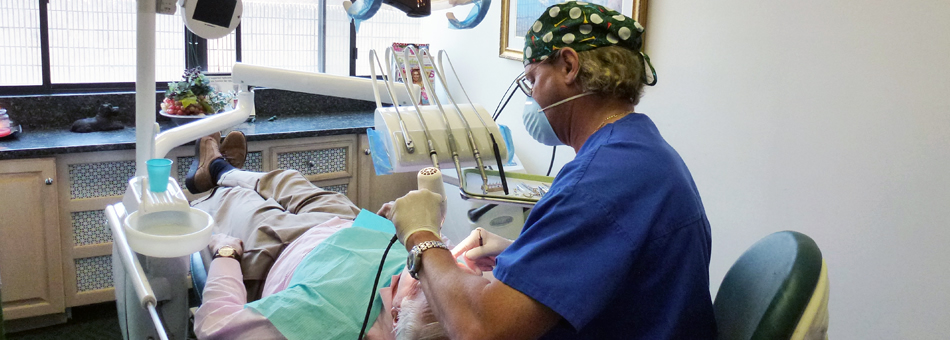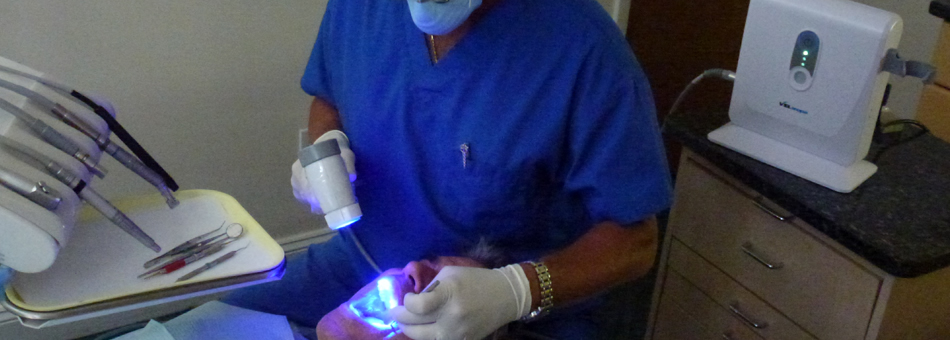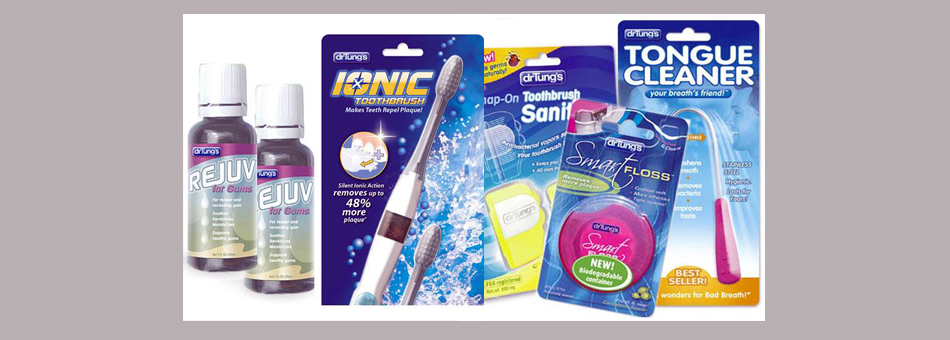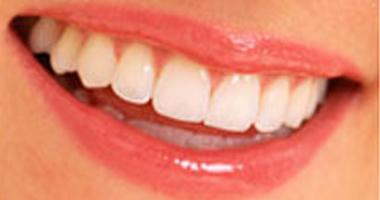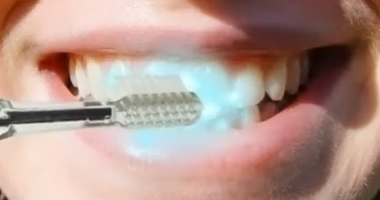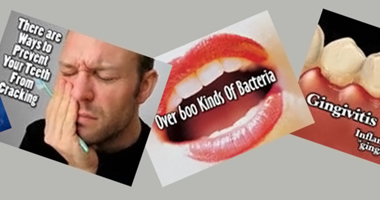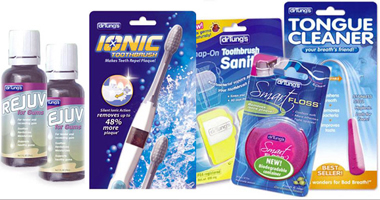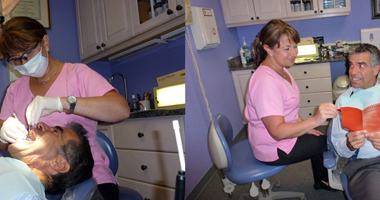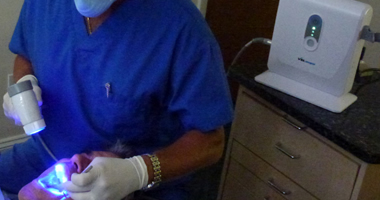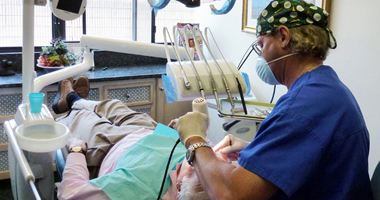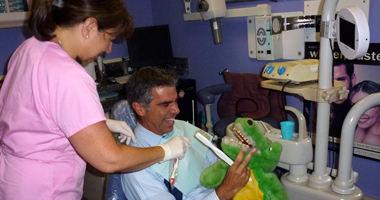TMJ Treatment
Symptoms and Diagnosis of TMJDSo how do you know if you have TMJD? Everyone is unique so individual experience of TMJD may differ. Symptoms can range from the obvious jaw related pain and clenching to neck problems, swallowing difficulty, and even hearing problems due to the proximity of the jaw to many other important parts of the body. Some of the common symptoms include:
|
What is TMJ? What are the symptoms?
TMJ stands for the temporomandibular joint (temporal like the temple bone of your skull and mandible meaning your jaw bone). The TMJ is one of the most complicated joints of your body. Movement of this joint is finely coordinated allowing us to open our mouths wide and move our jaws from side to side so we can talk, chew, yawn, swallow and sneeze. See below for a picture.
 When the TMJ becomes tight and painful, the condition is called TMJD or temporomandibular joint dysfunction syndrome. There are many causes of TMJD including direct trauma to the jaw, for example, caused by a car accident or fall, tooth aches or misaligned teeth, traumatic or poorly done dental work, jaw clenching, grinding teeth, neurological problems, poor posture, and even strong emotions which could lead to stiffening of the muscles of the jaw or head for extended periods, which could also produce strain on the joints and muscles in this area.
When the TMJ becomes tight and painful, the condition is called TMJD or temporomandibular joint dysfunction syndrome. There are many causes of TMJD including direct trauma to the jaw, for example, caused by a car accident or fall, tooth aches or misaligned teeth, traumatic or poorly done dental work, jaw clenching, grinding teeth, neurological problems, poor posture, and even strong emotions which could lead to stiffening of the muscles of the jaw or head for extended periods, which could also produce strain on the joints and muscles in this area.
When the TMJ undergoes one of above mentioned traumas, the muscles around the joint reflexively tighten up to protect the joint. At the same time, that protective vice, limits the jaw's ability to move, causing pain associated with attempting to overcome chronic contraction of facial muscles as we try to speak or eat. This fight between us and our body's response to trauma is one of the major causes of the discomfort associated with TMD.
Curing TMJ
TMJD Treatment
The pain associated with TMJD can be treated in a variety of ways depending on the cause and the severity of the symptoms. Treatment techniques can be broken down into those which are "conservative" (i.e. not requiring surgery or direct intervention) including medications, jaw braces, and exercises. More involved interventions are usually reserved for the most severe cases after conservative treatments have failed. These include injections and surgery.
Conservative Treatments:
- Habit Modification: Avoid the activity that is causing the stress including nail biting, gum chewing, and ice biting.
- Postural improvement: One of the causes of TMD is bad posture, especially if your head is positioned forward to your body. This causes great stress on the neck. Try improving your posture especially while sitting.
- Exercises: An experienced physical therapist can teach you exercises that help you lengthen and relax the muscles surrounding the joint, reducing tension and pain. They can also help you with posture improvement, increasing mobility of the joint, and increasing coordination of movement.
- Diet Modification: Avoid foods that are difficult to chew. Increase the amount of soft foods in your diet like soup and yogurt or cut your food into small pieces.
- Medication: Some anti-inflammatory drugs can help with the pain and discomfort but rarely address the cause of the TMD. You should consult your physician before using any drugs.
- Compresses: Apply hot packs or cloths soaked in warm water over the area of pain. This may help reduce the muscle spasms. Alternatively, cold compresses or ice packs can reduce swelling. Try both at different times and see which helps you more.
- Dental appliances: There are some devises such as splits or nightguards that can be prescribed by physicians, physical therapists and dentists after you have received the diagnosis of TMJD.
TMJ Disorders (click image for video) |
More involved treatments:
Surgery is the final method of treating TMJD. It may be used where muscle spasms have occurred for long periods of time, or where the joint, itself, may have become injured or arthritic. Sometimes the bones and soft tissues of the TMJ may slip out of normal position as a result of an accident or injury, requiring surgical correction which may involve TMJ replacement or implants.
A Final Note...
Many patients have been successfully treated for TMJ syndrome, using the above techniques. The first step is bringing to Dr. Wolpo's attention any signs or symptoms of TMJ irregularities you may have noticed. In many cases we can successfully and conservatively treat the symptoms associated with TMJD.
- Orthodontics to change the bite
- Crown and Bridge work to balance the bite
- Grinding down the teeth to bring the bite into balance (called occlusal adjustment)
- Repositioning splints also called orthotics, which permanently alter the bite


